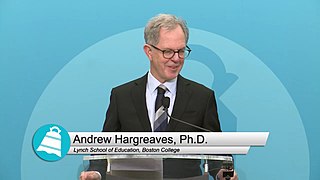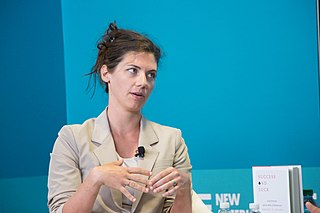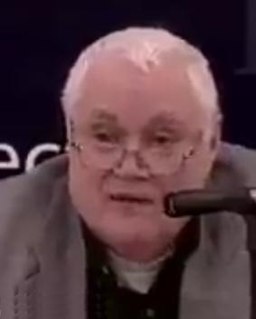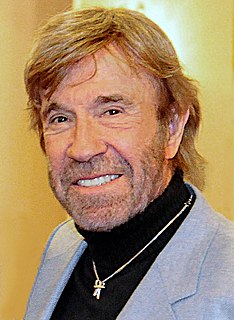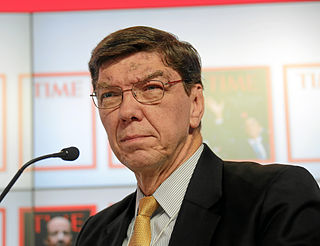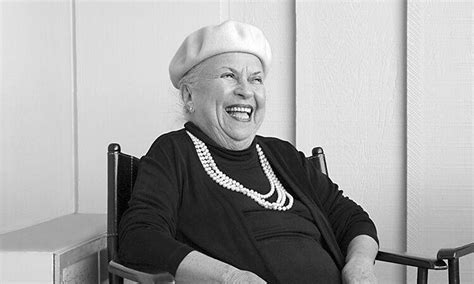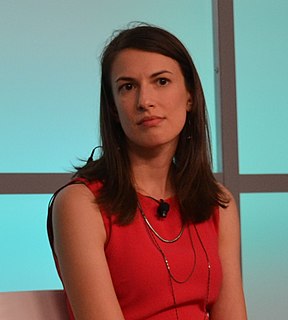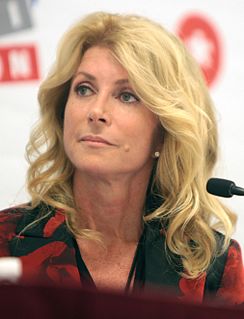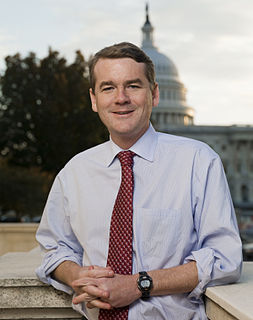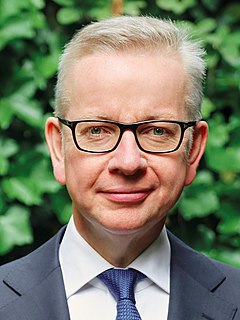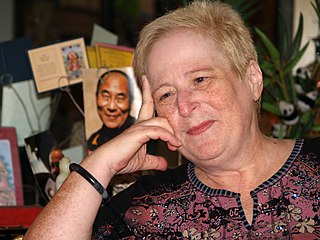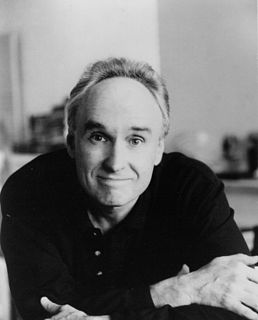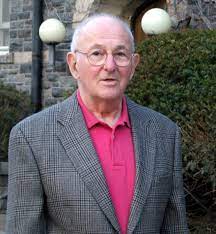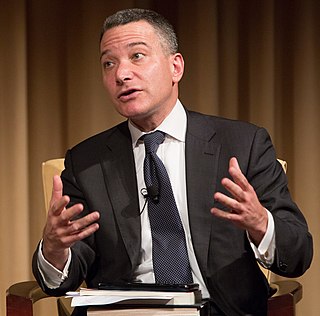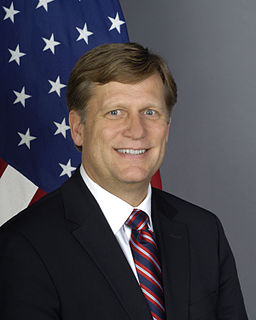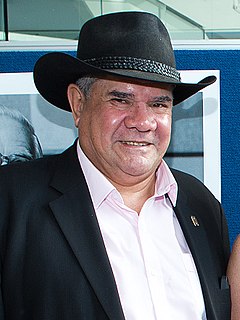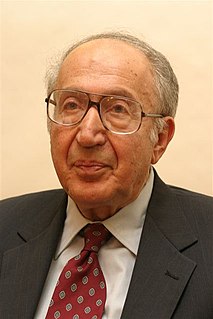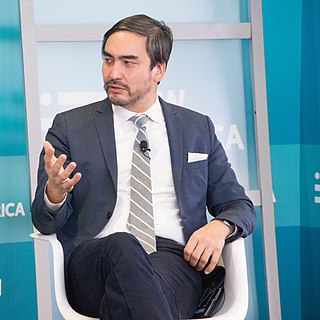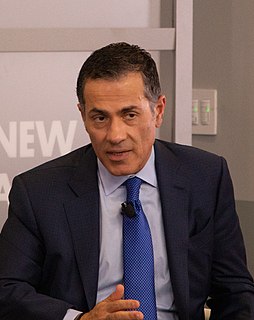A Quote by Andy Hargreaves
Alberta funds almost all its schools and districts to design and evaluate their own innovations. Teachers are the drivers of change, not the driven.
Related Quotes
Indeed, the share of teachers in a union has fallen to less than half, driven in part by older, unionized teachers retiring, the rise of certain districts' reliance on charters and other private education options, and legal changes that have curtailed the ability of unions to bargain on behalf of workers.
I don’t think we’ll get rid of schools any time soon, certainly not in my lifetime, but if we’re going to change what’s rapidly becoming a disaster of ignorance, we need to realize that the institution “schools” very well, but it does not “educate”; that’s inherent in the design of the thing. It’s not the fault of bad teachers or too little money spent. It’s just impossible for education and schooling to be the same thing.
A lot of charter schools are non-union schools that take a lot of teachers from alternative tracks, like Teach For America. They do this in part because a lot of charter schools have very strong ideologies around how they want teachers to teach. And they find that starting with a younger or more inexperienced teacher allows them to more effectively inculcate those ideas.
There's a small movement of teacher-led schools across the country. These are schools that don't have a traditional principal, teachers come together and actually run the school themselves. That's kind of the most radical way, but I think something that's more doable across the board is just creating career ladders for teachers that allow certain teachers after a certain number of years to inhabit new roles. Roles mentoring their peers, helping train novice teachers to be better at their jobs, roles writing the curriculum, leading on lesson planning.
Texas Republican political leaders take perverse pride in how deeply they have cut our state's education budget. Thousands of teachers have been pulled from classrooms, schools have closed and valuable programs have been canceled. In many places, districts are forced to choose between prekindergarten programs and English, algebra and art.
What we're doing now is we're saying that individual schools can spend the money on their own priorities, so that head teachers can decide what's truly important, because the big shift in approach on education that we're taking - which is different from what happened before - is that we trust teachers and we trust heads.
I just think the most important aspect in being able to have a productive relationship between the teachers' unions and the districts and the states that they're dealing with is that the person sitting across the table from them should not have received the largest campaign contributions from the teachers' union itself.
